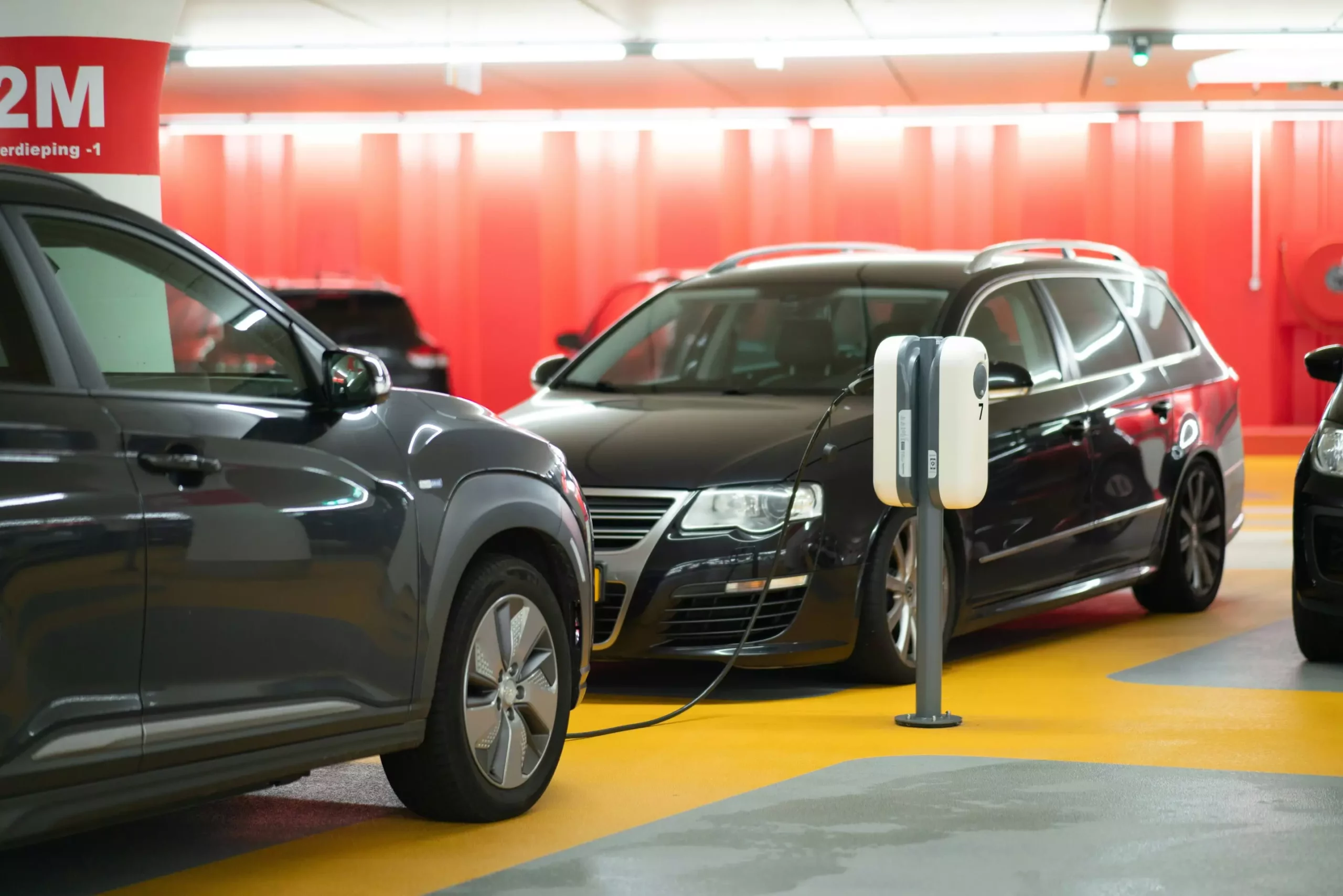The United States has set ambitious goals to reduce vehicle emissions, a critical step towards combating climate change. However, a recent comprehensive analysis reveals potential inadequacies in plans to meet these targets, especially concerning electric vehicle (EV) production. A team of college researchers analyzed the feasibility of these targets and discovered that the U.S. is poised to fall short by nearly 15 percent over the next decade, primarily due to unattainable EV production goals. This analysis sheds light on the bottlenecks in the supply chain and offers solutions that could provide a more realistic pathway toward achieving meaningful emissions reductions.
A key finding from the research published in Nature Communications shows that the demand for EVs is fundamentally misaligned with the supply capacities. From 2027 to 2032, the U.S. would need to replace at least 10.21 million internal combustion engine vehicles with electric models to meet stated emissions targets. However, researchers project that the effective manufacturing capacity will only allow for 5.09 million EVs during that time frame. This staggering shortfall underscores the urgent need to reassess the production landscape, especially given the escalating demand for minerals crucial to battery production—a concern that, if unresolved, could lead to an excess of nearly 60 million tons of carbon dioxide emissions.
The report highlights significant concerns regarding the supply chain for essential minerals, including cobalt, lithium, graphite, and nickel. While the U.S. and its allies possess substantial reserves of these resources, production capacity remains a significant hurdle. Graphite stands out as a particularly pressing issue; the U.S. hasn’t mined graphite domestically since the mid-20th century. This dependence on foreign sources, particularly for minerals used in EV batteries, poses risks not only to national energy security but also to the practical attainability of emission reduction goals.
With the significant challenges outlined, the researchers propose a pivot towards hybrid electric vehicles (HEVs). Unlike full EVs, HEVs require fewer minerals to manufacture while still offering a reduction in tailpipe emissions. By broadening the focus from purely EVs to include HEVs, the U.S. could better address emissions and help bridge the gap created by current production limitations. Co-author Megan Yeo emphasizes that HEVs provide a viable pathway that could complement efforts to increase EV adoption and stretch available mineral resources further.
Examining the question of resource dependence, the analysis indicates that relying more heavily on imports, particularly from China, could yield the quantity of electric vehicles needed to meet current emission standards. Yet, this strategy raises national security concerns. As co-author Ashley Nunes pointedly notes, American consumers and policymakers must grapple with a fundamental dilemma: What is of higher value—achieving lower emissions or ensuring energy independence? This question requires serious consideration as the U.S. navigates its path forward in both industry and environmental policy.
The road ahead for the U.S. in meeting its vehicle emissions targets is fraught with challenges. A deeper understanding of supply chain limitations and the strategic value of hybrid vehicles offers pathways for achieving cleaner transportation on a practical level. The critical findings of this comprehensive study illuminate the importance of flexible approaches to emissions reduction while encouraging a broader dialogue on energy security and environmental stewardship. Just as Megan Yeo reflects on the valuable skills gained through her participation in this research, so too must lawmakers and industry leaders acquire new strategies to adapt to the evolving landscape of transportation and climate policy. With ongoing innovations and evaluations, the U.S. could yet pave the way toward a more sustainable future.


Leave a Reply